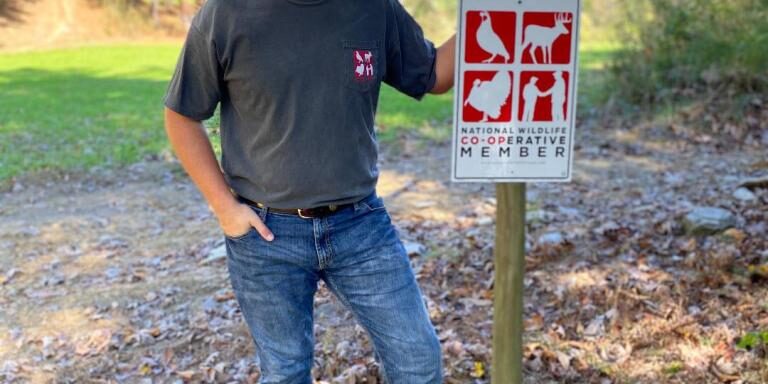“Our Mission at National Wildlife Cooperative is to document and aid growth of wildlife
cooperatives across the United States – Cooperatives focused on any form of wildlife or habitat management”
In 2008, at the age of 12, I started my first Quality Deer Management (QDM) Cooperative. Our
family farm was only 30-acres, and at the time we didn’t see any mature whitetails. After
scouring the internet for every resource and obtaining some guidance from the Quality Deer
Management Association (QDMA), I set out to talk to my neighbors about their deer
management goals. Slowly, our co-op grew, one neighbor and one year at a time. By 2019, a
decade later, this cooperative spanned over 1200 acres and encompassed 10 properties used by
hunters, landowners, and even hunting clubs.
.

.
Simultaneously, as a masters student at the University of Georgia, I conducted research for the
United States Fish and Wildlife Service (USFWS) in partnership with the QDMA. This research
ignited my interest in private landowner wildlife cooperatives. Over the course of two years
(2016-2018), I surveyed and sampled over 45 Deer Management Cooperatives (DMCs) in five
states (Georgia, Missouri, Michigan, New York, and Texas), that spanned over 600k acres
and comprised over 2,800 hunter/members.
During this research, we discovered one of the most glaring problems with private landowner
cooperatives across the national landscape: no national coordination, no national database, no
national map, and a lack of national guidance on how to form and maintain co-ops. These
cooperatives are local landowners working off handshake agreements for the betterment of
wildlife management on their property. They can go undetected, unformalized, and have gone
underappreciated by the wildlife conservation community for decades. Conservation
organizations urge their members to form “co-ops” to accomplish management goals, but they
provide minimal guidance after providing the initial idea of forming a co-op. This guidance then
falls on the co-op leaders who work locally and independently, in most cases with no help from
conservation organizations or their state wildlife officials, constantly trying to keep their group
engaged.
I can’t tell you how many times I would call co-op leaders just for them to say, “Thank you for
doing this research, thank you for highlighting what we are doing! I am glad we are finally
getting noticed”, followed by, “My buddy has a co-op down the road, here is his contact info. He
would love to talk to you, pick your brain, and be involved.” To my surprise, no one (besides this
co-op leader) knew about the existence of this other wildlife co-op — not the state wildlife
agencies (with a few exceptions), and not the conservation organizations that tout private
landowner co-ops as a key tool in the future of wildlife management and landscape conservation.
These grassroots wildlife managers now have an outlet that will help them, connect them, and be
with them along this journey in their local communities just as much as they are inside of state or
federal capitol buildings.
.

.
Simply, that is why I helped spearhead a group of diverse wildlife professionals that have
their ear to the ground to formalize the National Wildlife Cooperative project. This
project provides a platform for co-op leaders to use for cooperative-centric articles, advice, and
soon be a place to store their co-op information interactively. This is a platform built by co-op
members and believers, for the co-op member, to highlight and promote co-ops across the United
States – a place that provides cooperatives information, guidance, coordination, consultation, and
a conservation data hub on a co-op by co-op basis. In this manner, we can quantify what hunters,
habitat managers, and wildlife enthusiasts are providing for wildlife through voluntary
landowner conservation partnerships; ultimately giving you, the landowner and hunter, a national
voice based on your local grassroots impact.
We look forward to this journey while working with our volunteer industry partners to provide
co-op centric articles by the most respected names in co-ops and wildlife habitat
through a quality platform for co-ops of all backgrounds (deer, turkey, quail, pollinators, etc.).
This joint project will allow for co-ops to grow, connect, and aid national conservation efforts –
one acre and co-op at a time!
Co-op Specialist / National Wildlife Cooperative
Hunter Pruitt

